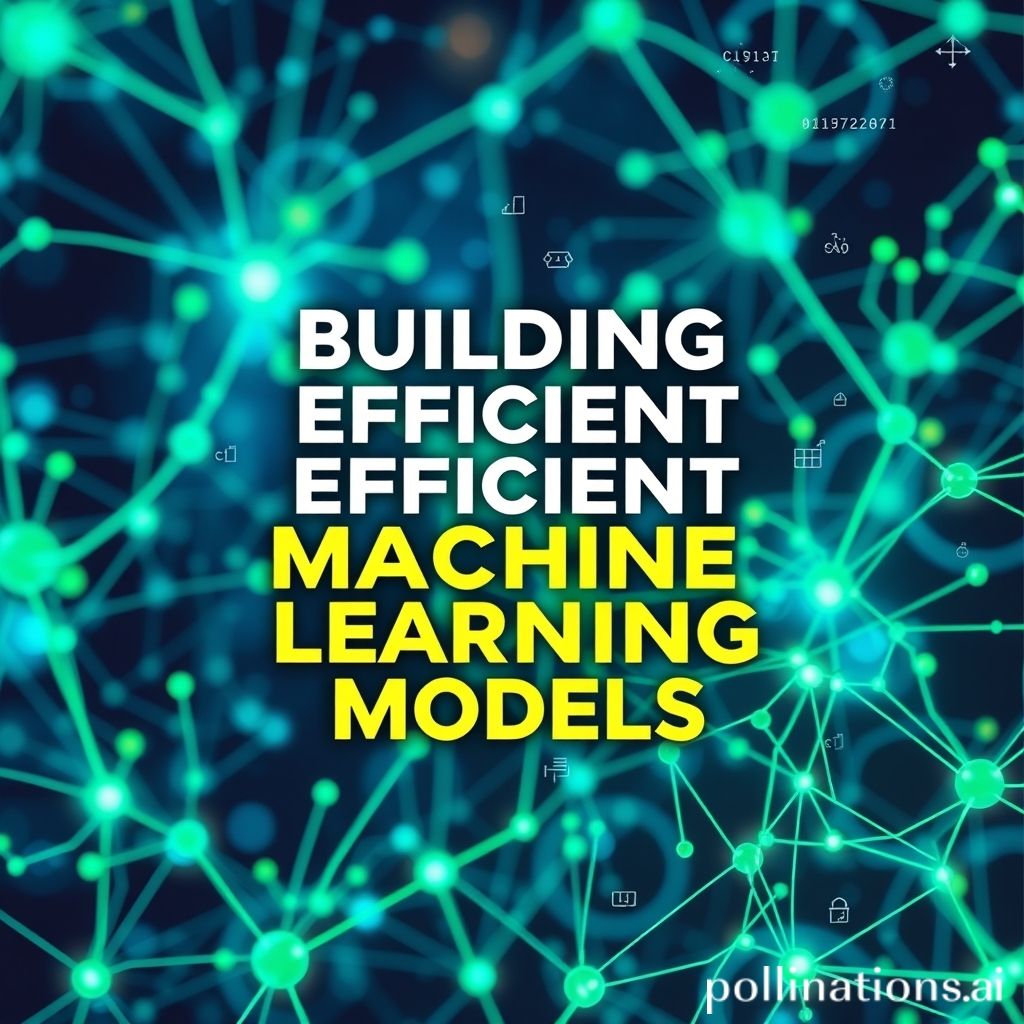
Building Efficient Machine Learning Models
In the rapidly evolving field of machine learning, creating efficient models is crucial for achieving optimal performance. An efficient machine learning model not only provides accurate predictions but also minimizes resource usage and reduces training time. In this article, we will discuss the key steps and strategies involved in building efficient machine learning models.
Understanding the Problem
The first step in building an efficient machine learning model is to understand the problem you are trying to solve. This involves:
- Defining the objectives clearly.
- Identifying the target variable and input features.
- Considering the context of the problem and constraints.
Having a clear understanding of the problem helps in selecting the right algorithms and features to use in the model.
Data Preprocessing
Data quality directly impacts the performance of machine learning models. Thus, effective data preprocessing is essential. Key steps include:
- Data Cleaning: Handling missing values, removing duplicates, and correcting errors.
- Feature Selection: Identify the most relevant features to use in the model to improve efficiency.
- Normalization/Standardization: Scaling features to ensure that they contribute equally during the training process.
- Encoding Categorical Variables: Converting categorical data into numerical format using techniques like one-hot encoding or label encoding.
Choosing the Right Model
Selecting an appropriate machine learning algorithm is crucial for building an efficient model. Some factors to consider include:
- The size of your dataset.
- The complexity of the relationships in the data.
- The need for interpretability versus predictive power.
Common algorithms for various tasks include:
- Regression: Linear Regression, Ridge Regression, Lasso Regression.
- Classification: Decision Trees, Random Forests, Support Vector Machines (SVM).
- Clustering: K-Means, Hierarchical Clustering, DBSCAN.
- Neural Networks: For complex data structures, such as images or text, deep learning may be advantageous.
Hyperparameter Tuning
Once a model is chosen, hyperparameter tuning plays a significant role in improving efficiency and performance. It involves:
- Using techniques like Grid Search or Random Search to find the best hyperparameters.
- Employing cross-validation to ensure the model generalizes well to unseen data.
Model Evaluation and Optimization
After training the model, evaluating its performance is essential. Key evaluation metrics include:
- Accuracy, Precision, Recall, F1 Score for classification tasks.
- Mean Absolute Error (MAE), Mean Squared Error (MSE) for regression tasks.
Based on the evaluation, optimization techniques such as feature engineering, ensemble methods, or model pruning can be applied to enhance efficiency further.
Conclusion
Building efficient machine learning models requires careful planning, understanding of the problem, thorough data preprocessing, and systematic evaluation. By following these steps, data scientists can create models that not only perform well but are also resource-efficient and scalable.
